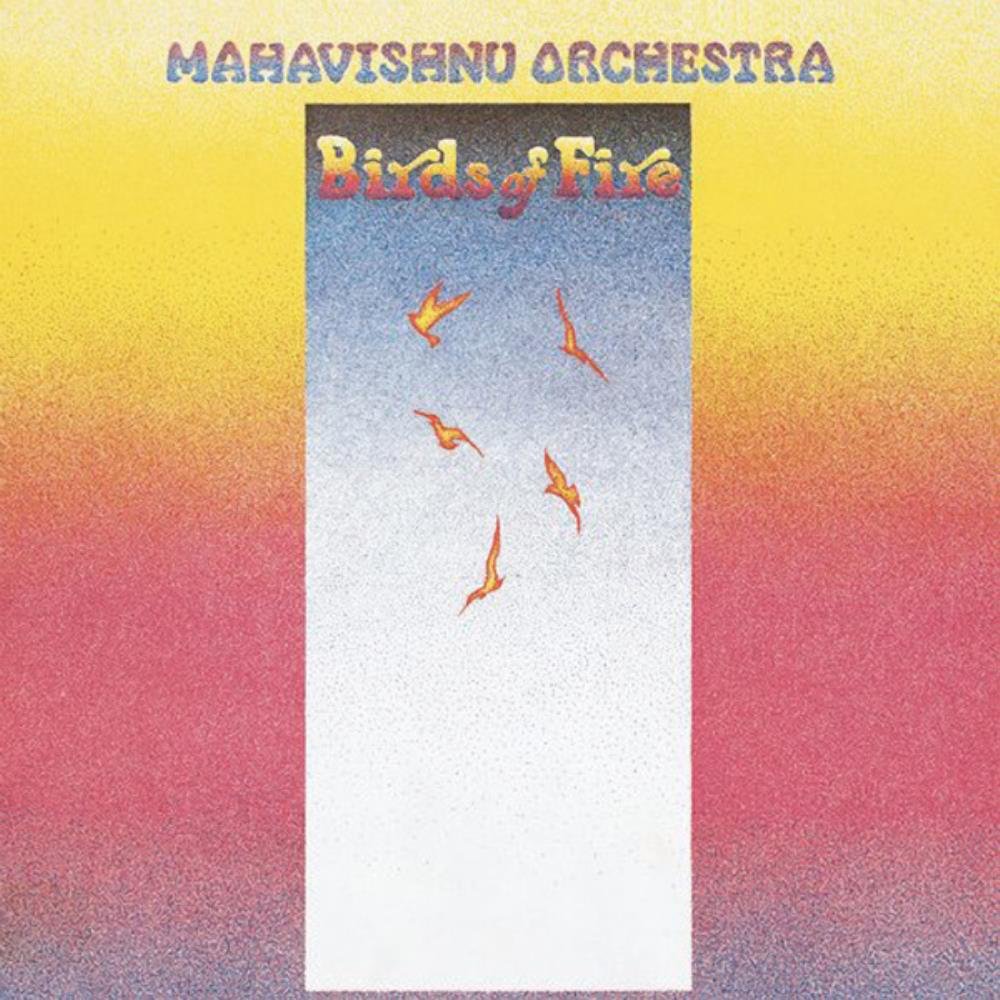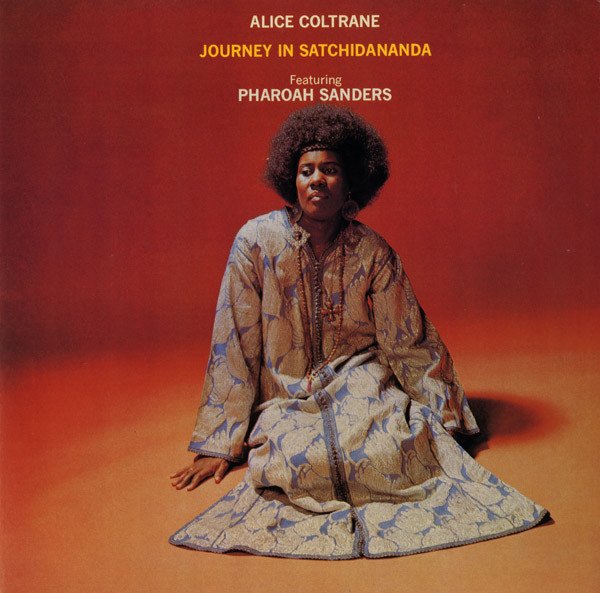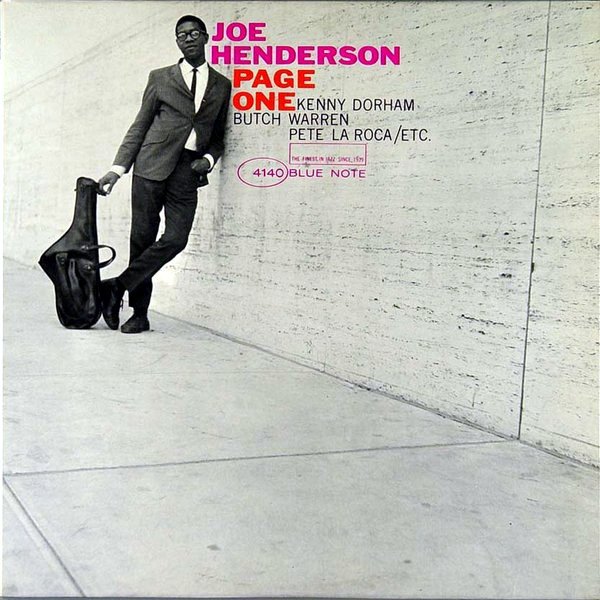The 10 Best Jazz Albums For Continuing Your Jazz Studies
Given that we’re talking about an entire genre here, especially one with such a huge number of important players, it’s impossible to just throw out a single list of 10 records that newbies need in their collection. Hell, it’s difficult to just stick to 20! But look, once you get through those first 10 records and this additional batch, we’re confident that you’ll at least have a better grasp on the genre.
Or maybe you’ve already fallen in love with the music. I know I have, but I also know that didn’t happen overnight. As taken as I was by John Coltrane, I didn’t really feel like I “got” his approach for several years (and I still don’t think I’ve completely “got” it, either). But that’s OK! These albums are classics and their leaders are masters for a reason — you don’t just throw these on and instantly understand what you’re hearing.
For me, and hopefully you, too, those repeated listens are part of what makes listening to jazz so goddamn fun. You may be taken by the sax or trumpet at first, only to get swallowed by the bass, drums, piano, etc. during your next listen. It’s like binge-watching Arrested Development for the fifth time and thinking to yourself, “Holy shit, I never picked up on that joke before.”
And just like last time, I have the honor of my buddy/all-around jazz cat Ryan Kowal providing bits of insight for each selection on this list, which he also helped put together.

Charles Mingus: Mingus Ah Um
AM: I arrived to Charles Mingus’ music later than the other giants of the genre for one simple reason: His The Clown artwork frightened me. But when I finally checked out his material, I was hooked, especially upon hearing Mingus Ah Um. This record bursts out of the gate with a straight-up capital-J jam with the gospel-infused “Better Git it in Your Soul.” The playful brass, the handclaps, the jubilant shouts — you’ll feel this one in your bones. And then there’s “Boogie Stop Shuffle,” a joint that sounds lifted from a '50s-era police chase scene. Everything on here just sounds so damn good and even suave at times (“Fables of Faubus”!), but the best part about it? Well, that just may be listening to it and envisioning Mingus enjoying a cigar during every take and in between rocking the hell out of his bass.
RK: This band just sounds comfortable. The tunes are complicated, which usually makes musicians rush. Not this group, though, because they sit back as far as possible on the beat. An innovative Mingus technique is that he would cut and splice tape from recordings to get the final take, which was not standard practice in jazz at the time. His innovation spanned every step of composing, performing, and recording.

Andrew Hill: Black Fire
AM: When Ryan and I were discussing Black Fire and what made it such an interesting album, we circled back to a point that can be made about a number of the picks on this and our first list: they’re relatively easy to listen to, but trying to actually play their music? That’s another story. And as someone who doesn’t play music, that’s what makes an album like Black Fire so interesting. Does it sound great? Hell yes — just listen to fly-as-hell drummer Roy Haynes slay on “Subterfuge” (and the rest of the record). But it was learning about and then listening for the syncopation, the time changes, the tension building (especially on the title track)... it goes back to my comment about hearing new things with repeated listens. Or, as Ryan told me, “It’s all complicated, but it sounds like it’s the easiest thing in the world… those motherfuckers.”
RK: With a backing band of Joe Henderson, Roy Haynes, and Richard Davis, it would be hard not to create a classic album. Black Fire takes some unexpected twists and turns that make each song memorable. It is similar to other albums on this list in that it crosses back and forth between standard and avant-garde jazz. This album is fun to listen to (and really hard to play along with).

Mahavishnu Orchestra: Birds of Fire
AM: Birds of Fire is jazz-fusion before that became kind of a dirty word for some jazz heads, and there’s a good reason for that: bandleader/composer/guitarist John McLaughlin and drummer Billy Cobham conceived the project while working on another monster record, Miles Davis’ Bitches Brew. It took a few years (and a solid debut) to get to Birds of Fire, but when they did? Damn. This album combines all of the gnarlier and grittier elements of rock and jazz, combines them, and churns out music that’s equally left-field and engaging. McLaughlin’s immense guitar work is enough to prove that point, especially on opener “Birds of Fire,” “Thousand Island Park,” and really whenever he’s complemented by violinist Jerry Goodman. But just wait until you hear Cobham on “One Word.” I’m also partial to Jan Hammer’s keys on “Miles Beyond,” a tribute to the fusion forefather himself.
RK: Billy Cobham’s drumming is out of this world. Actually, all the musicians are in top form here. This album is great to introduce your rock friends into the jazz arena. I find myself going back to this album anytime I need inspiration for composing or playing.

The Dave Brubeck Quartet: Time Out
AM: When this one dropped in 1959, it enraged off a lot of jazz heads who weren’t ready for Dave Brubeck and co. to start deviating from the standard time signatures. But the bespectacled pianist clearly didn’t give a damn. He and his bandmates’ polyrhythmic playing took jazz to another level, all in the midst of delivering buttery, piano-led tunes made for only the chillest of afternoons. And there’s a good reason for that, because Time Out is the epitome of cool California jazz. Chances are you’ve heard it’s most famous track, “Take Five” — if not, listen now — but that’s not the only highlight here. It’ll really hit you from the jump, when Brubeck and his squad get into Eastern European sounds on “Blue Rondo à la Turk.” From there, get ready to swing and snap your fingers. That is, of course, if you’re not already doing it involuntarily.
RK: This album represents an intellectual approach to composition and performance. That being said; intellectual and soulful music don’t have to be mutually exclusive. This album features the quartet leaving it all out on the field. These tunes opened up the possibilities of what could be done by jazz musicians for years to come.

The Peter Brötzmann Octet: Machine Gun
AM: Time to get weird again, y’all. This time, it’s through the music of German saxophonist/composer Peter Brötzmann, who most certainly must have scared the shit out of anyone listening to Machine Gun when it dropped in 1968. And chances are it may just scare the shit out of you in 2016. But that’s the point. This record is raw, out-of-control mayhem hitting your eardrums with blasts of brass, percussion madness, and everything else under the noisy sun. What makes it important is not just its placement in history — many critics revere the hell out of this album — but that the eight players on here pushed jazz to its limits while teasing the listeners with moments of bliss. I won’t mark them down by the time, because that takes the fun out of it. There are moments of bliss in between the craziness, though, and it’s wild to hear them slip through now and again.
RK: This is pure aggression and chaos. The interaction of the musicians on this album reaches another level of consciousness. Finding the moments throughout the improv where two or more instruments really lock in is a new adventure with every listen. There is so much going on throughout this whole record that it pushes the boundaries of instrumental music. Vinyl copies are hard to come by so if you find one, pick it up (if you find two, send me one!).

Alice Coltrane: Journey in Satchidananda
AM: Look, I’m going to be one hundred million percent real with you: Journey In Satchidananda is one of those albums that intimidated me to no end. This woman wasn’t just married to my favorite jazz musician (John Coltrane) but she was also the aunt of my favorite artist period (Flying Lotus). But when I eventually stopped playing myself and listened to Journey, I was transported to another dimension. This is one of those albums that will move you, no matter if you’re just getting into jazz or you’re a jazz head who forever reason hasn’t listened yet (cough). And as if Coltrane’s amazing talents on the piano weren’t enough here — believe me, they are — she enlisted another spiritual jazz giant in Pharoah Sanders as her featured guest. If you’re not going to embrace a holy ghost of your choosing, you damn well will embrace Coltrane’s after listening to this record.
RK: Coltrane’s harp and piano chops set the perfect mood for this modal jazz album. Everyone’s contribution is fabulous (Pharoah Sanders seems right at home). If you were to mix John Coltrane and Flying Lotus, this is what you would get, which makes perfect sense with the family connection.

McCoy Tyner: Sahara
AM: As my pal writes below, we could have included just about any McCoy Tyner record on here. Dude’s really just one of those masters who has a discography that’s well worth diving into if you’re feeling Sahara as much as I do. It’s my personal pick for his most listenable and quintessential project, if only because it’s so difficult to turn off once you hear his opening piano smacks on “Ebony Queen.” He and his players just keep the energy flowing from there — sans Tyner’s solo outing, the stunning “A Prayer For My Family” — and give it all up on epic closer “Sahara.” Hell, you actually feel like you’re walking across the African desert on the title track, save for, you know, getting severely dehydrated. From the woodwinds to the percussion and everything else on “Sahara,” it’s a 23-minute trip through the sands.
RK: Pretty much any of McCoy Tyner’s albums could have made this list. His piano playing and composition style are instantly recognizable in all of his recordings, but what makes this album memorable is that the band plays with an intensity that is seldom found in recorded music. Sahara has a power and weight that push the boundaries of the standard definition of jazz.

Miles Davis: Live-Evil
AM: Speaking of trips, how about we veer back into weirder territory, shall we? Much like any of Miles Davis’ fusion records, Live-Evil requires some patience, especially if this is your second or third album of his. But even if you’re slim on patience, you’ll want to carve out the time needed (more than 100 minutes!) for all of Live-Evil. Transporting yourself to the realm of Miles and his ensemble of top-tier players — everyone from Chick Corea to Jack DeJohnette to John McLaughlin — is an experience like few others. They suck you into another dimension, and it’s one filled with jazz, funk and rock, all melded together in a way few had ever dared attempt. But that’s what makes Miles Davis Miles fucking Davis. He didn’t simply explore sounds we weren’t used to — he created them. Plus, there’s something beautifully organic about hearing the rawness of the tracks on here, especially 15-minute opening epic “Sivad.”
RK: If the only track on this LP was “What I Say,” it would still make the list, because its groove is just plain dirty. Some of these songs are long, like 20 minutes long, but they don’t get boring. It feels like you’re getting hypnotized while listening. This is a perfect record to put on, sit back in a chair, and get transported away to another dimension.

Joe Henderson: Page One
AM: Page One is a welcome respite from the crazier records on here, thanks to its laidback atmosphere and bluesy hard bop swagger. That’s evident from the jump, when sax wizard Joe Henderson leads his band through the beautifully chill “Blue Bossa.” I also love his alley-oop to another giant on this list, McCoy Tyner, who delivers a killer solo about halfway through the tune. From there, it’s just pure hard bop goodness. You’ve got the balladry of “La Mesha,” the swing-’til-you-drop badassery of “Jinrikisha,” and yet another slick bossa tune in “Recorda Me.” There’s a lot to love about Page One, especially its accessibility, which makes this a must-listen for anyone at all frightened by the madness of Machine Gun or Live-Evil. Grab your drink of choice, dim the lights and allow yourself to meditate a bit to this one. Your brain will thank you.
RK: This album is a classic. It sets the standard of composition, interplay and tone for musicians, which is probably why I have heard a butchered version of “Blue Bossa” at every jam session that I’ve attended.

Art Blakey and The Jazz Messengers: Moanin’
AM: Like Page One, Moanin’ falls into the hard bop category through its bluesy sounds, stone-cold grooves and ridiculously tight playing. They’re also both certified classics and gateway drugs into the world of hard bop, a place where I often find myself lost for days. Hell, I’ve often gotten stuck just listening to the title track of this record on repeat, because it’s nearly 10 minutes of pure beauty. Yes, Art Blakey is steering the ship with his phenomenal drumming — he really goes off on the aptly titled “The Drum Thunder Suite” (those toms!) and “Blues March” — but there’s something special about pianist Bobby Timmons here. And it’s not just on “Moanin’,” which he actually composed, because dude kills it the entire time. Maybe it’s as simple as the fact that Blakey brought out the best in him (and the rest of his players, for that matter). Whatever the case, Moanin’ probably won’t leave your turntable once you start playing it. It’s just that good.
RK: Blakey’s feel, groove, and melodic drumming should to be listened to as a prerequisite to playing an instrument. This album showcases his entire band’s talent. Like Page One, many of these tunes have been covered by scores of the musicians, though none matches the perfection of the original.




